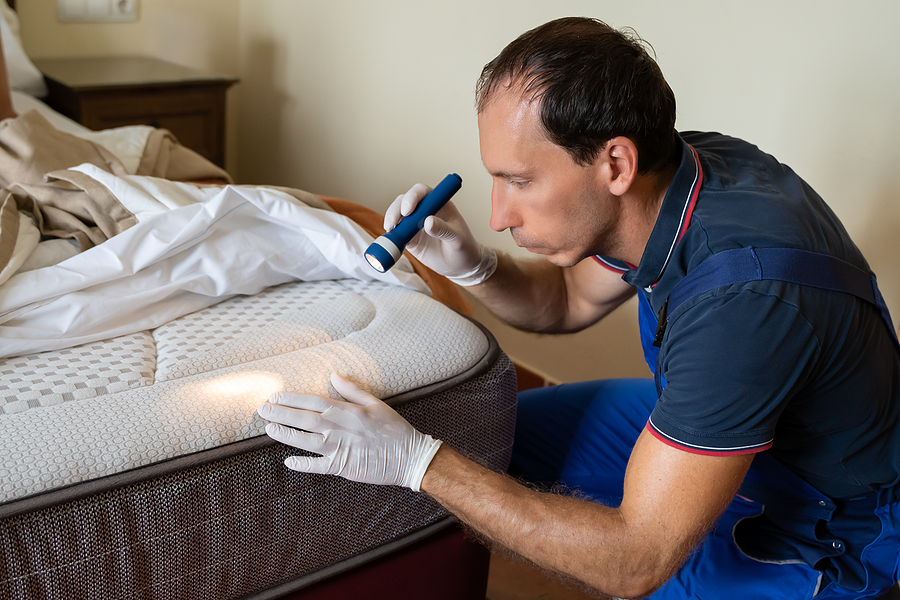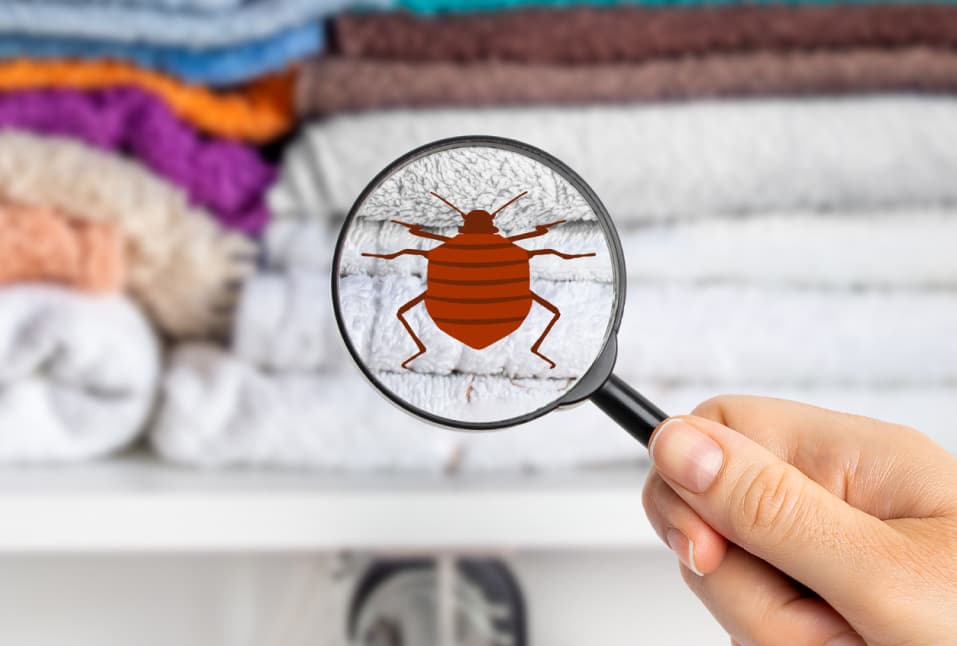Expert Pest Control Arlington VA: Comprehensive Solutions for Your Property
Expert Pest Control Arlington VA: Comprehensive Solutions for Your Property
Blog Article
Obtain Educated About the Types of Pest Control Methods and Their Benefits for Property Owners
Recognizing the different pest control approaches readily available to property owners is essential for effective pest administration. Property owners that are knowledgeable can make strategic options that not only address pest concerns but additionally enhance the total quality of their living setting.
Chemical Insect Control Approaches
Chemical insect control approaches are an essential component of incorporated pest administration strategies for house owners looking for reliable services to pest problems. These approaches involve the application of chemical substances designed to eliminate or discourage parasites that endanger individual building, health, and comfort. Usual chemicals used include insecticides, rodenticides, fungicides, and herbicides, each tailored to target particular bugs.
The key advantage of chemical insect control is its fast efficiency; several solutions offer instant results, lowering pest populaces considerably in a short time. Furthermore, breakthroughs in chemical formulations have actually led to products that are much more eco-friendly and have lower toxicity levels for non-target organisms when applied properly.

Biological Insect Control Strategies
All-natural insect control techniques have actually obtained prominence as house owners seek much safer and extra sustainable choices to standard chemical strategies. Biological insect control strategies utilize natural killers, bloodsuckers, or pathogens to handle bug populations efficiently. This approach is not just eco-friendly however additionally reduces the danger of injury to non-target types, including useful pests and wildlife.
One of the most typical organic control approaches entails presenting natural killers right into the setting. Ladybugs can be utilized to control aphid populations, while nematodes target soil-dwelling parasites like grubs. Additionally, parasitoids-- organisms that live on or within a host-- can be used to manage certain pest varieties by laying eggs inside them, inevitably leading to their demise.
An additional technique is the usage of biopesticides, which are stemmed from all-natural materials such as minerals, bacteria, or plants (bed bug exterminator). These items can effectively target parasites while posturing minimal threat to people and family pets. In general, biological bug control techniques provide homeowners with an effective ways of insect monitoring that lines up with eco-friendly principles, promoting a healthier living environment while minimizing dependence on artificial chemicals
Mechanical Bug Control Techniques
Mechanical pest control approaches incorporate a range of methods that literally avoid or eliminate bugs without making use of chemicals. These methods are particularly useful for homeowners looking for ecologically friendly alternatives while making sure the security of their home.
One typical method is the usage of barriers, such as catches, nets, link and displays, which avoid pests from getting in homes or specific locations. For instance, setting up home window screens can properly keep bugs out, while using physical barriers around gardens can hinder larger bugs like deer or rabbits. Additionally, mechanical catches developed for rats can record and remove these insects without the demand for toxic substances.
One more reliable approach involves the usage of vacuums and brooms to get rid of pests directly from surfaces. Routine cleaning and maintenance can significantly lower insect populations by getting rid of food resources and concealing places. Additionally, utilizing tools like ultrasonic parasite repellents can deter various insects through noise waves that are unpleasant to them however inaudible to human beings.
Social Pest Control Practices
Social pest control practices focus on modifying the environment and management techniques to produce conditions that are much less for pest problems. These techniques are basic in preserving a balanced ecological community and reducing the reliance on chemical treatments. By modifying farming methods, property owners can successfully discourage insects while promoting plant wellness.
One usual method includes plant turning, which interrupts the life cycles of pests by transforming the sorts of plants grown in a details location (bed bug exterminator). This not only decreases pest populaces but likewise improves dirt health and wellness. Additionally, intercropping-- growing diverse plants in closeness-- can puzzle pests and lower their capacity to locate their recommended host plants
Water monitoring is one more important aspect of social methods. Correct irrigation strategies can stop weblink standing water, which functions as a reproduction ground for mosquitoes and various other pests. Preserving sanitation in and around the home, such as frequently getting rid you can try this out of debris and food waste, can dramatically reduce bug destination.
Incorporating these cultural methods into a detailed parasite management technique permits homeowners to produce an atmosphere that naturally prevents pests, thus improving the performance of various other control methods while promoting sustainable horticulture and landscape design.

Integrated Bug Administration Approaches
Integrated Bug Management (IPM) represents an alternative technique that integrates various strategies to efficiently manage parasite populaces while lessening environmental impact. This technique incorporates biological, social, physical, and chemical practices to achieve lasting pest control. By assessing pest populaces and their natural opponents, IPM emphasizes tracking and determining insects prior to applying control procedures.
One of the core concepts of IPM is making use of thresholds, which develop the level of parasite activity that warrants treatment. This makes sure that therapies are used just when required, reducing the dependence on chemical pesticides. Biological control techniques, such as introducing all-natural predators or bloodsuckers, job in combination with cultural methods like crop rotation and environment control to interfere with pest life cycles.
In addition, IPM motivates the usage of least-toxic chemical choices when intervention is necessary, focusing on products that present minimal danger to non-target microorganisms and the environment. For homeowners, embracing IPM comes close to not only improves the efficacy of insect monitoring yet likewise advertises a healthier living atmosphere, cultivating biodiversity and decreasing chemical direct exposure. Ultimately, IPM empowers house owners to make informed decisions that stabilize pest control with environmental duty.
Conclusion
In verdict, recognizing the different insect control methods encourages house owners to make informed choices relating to pest administration. Each approach-- chemical, organic, mechanical, cultural, and incorporated insect management-- uses distinctive benefits that provide to different demands and preferences.
Understanding the different pest control approaches offered to home owners is necessary for effective bug administration.Chemical bug control methods are a critical part of integrated bug management methods for homeowners seeking reliable services to pest problems. In general, organic insect control strategies offer home owners with an efficient ways of parasite management that straightens with eco-friendly principles, promoting a much healthier living environment while decreasing dependence on artificial chemicals.
Cultural insect control techniques concentrate on modifying the atmosphere and monitoring strategies to create conditions that are much less helpful to pest infestations.In final thought, recognizing the different pest control techniques equips property owners to make enlightened decisions concerning pest management.
Report this page